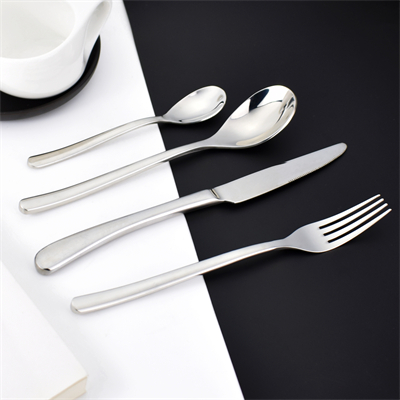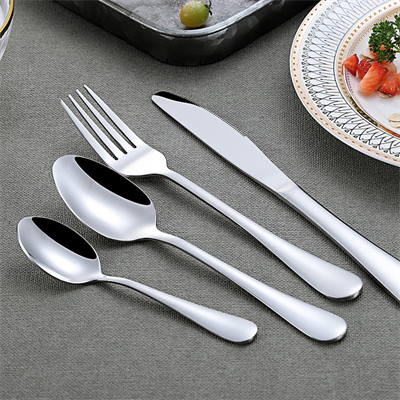Until about the 13th century, Europeans ate all with their fingers. This way of using fingers to eat, but also to abide by certain rules. Civilians grab food with all five fingers. The educated nobles grabbed with three fingers, and the ring and little fingers should not touch the food. The number of fingers used when eating represents the different identities of the Romans. In Europe this rule continued into the 16th century and is still practiced.
Forks first appeared in ancient Greece and ancient Rome. By then it had become a staple in the kitchen. But with the decline of the Roman Empire, the fork was also forgotten. Later, in the Byzantine period, the fork was widely used again. Centuries later, the fork was brought to Venice by a Byzantine princess. Since then, it has entered the European region.
In France in 1397, the fork first appeared in the court utensils of Charles V. In the Tusca region of Italy in the 11th century, a table fork with two tines appeared. But the clergy at that time did not accept eating with a fork, and even hated it. They believe that humans should touch the food given by God with their hands, and using a fork is disrespectful to God. They tell the world that people are tempted by Satan to create tableware. It’s a blasphemous act.
According to Italian historical records: a Venetian ate with a fork and died a few days later. In fact, the dead Venetian just got sick and died, and it has nothing to do with using a fork. But the clergy use this to warn people not to use forks. In the bondage of this spirit, the Italians were not until after the 15th century. Only started to use a fork to eat.
















